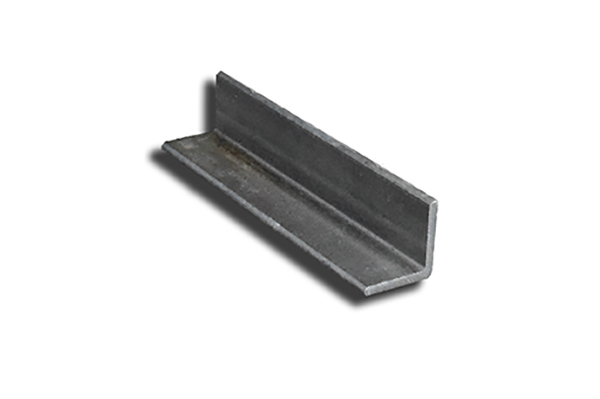When it comes to structural support and stability, angle iron stands as a formidable building block. Its unique L-shaped design and exceptional strength make it a go-to choice for various construction projects. But what exactly makes angle iron so strong? In this article, we’ll explore the strength of angle iron, unraveling the secrets behind its structural prowess.
Understanding Angle Iron
The Mighty L-Shaped Profile
Angle iron, also known as angle bar or L-bracket, is a versatile and durable construction material. It features an L-shaped cross-section, with two legs of equal or unequal length that meet at a 90-degree angle. The legs of angle iron can have varying thicknesses, allowing for customization based on specific project requirements. This L-shaped profile gives angle iron its strength and versatility, making it ideal for a wide range of applications in construction, manufacturing, and structural support.
The Strength Within
The strength of angle iron lies in its structural design and the inherent properties of the materials used in its construction. The L-shaped profile creates a triangular structure, which is inherently stable and resistant to bending or twisting forces. The two legs of angle iron work together to distribute the applied load and provide support, ensuring structural integrity. The longer leg of angle iron offers increased leverage, enhancing its load-bearing capacity. The materials commonly used to manufacture angle iron, such as steel or aluminum, are known for their exceptional strength and durability, further enhancing the overall robustness of the structure.
Versatility in Applications
Angle iron finds its place in a wide array of construction and industrial applications. Its strength and versatility make it suitable for various structural and support purposes. Angle iron is commonly used as a framework or support structure for buildings, bridges, and towers. It provides stability and reinforcement, especially in corners and joints where additional strength is required. Angle iron also serves as a crucial component in the fabrication of shelves, brackets, frames, and equipment stands. Its strength and rigidity make it an ideal choice for these applications, ensuring long-lasting durability and support.
Unleashing the Strength
Enhancing Load-Bearing Capacity
Angle iron’s load-bearing capacity can be further enhanced through strategic design and reinforcement techniques. Adding gussets or braces to angle iron structures provides additional support and rigidity, allowing for increased load-bearing capabilities. By connecting additional angle iron pieces at specific angles, the overall strength of the structure can be significantly improved. These reinforcement techniques ensure that angle iron can withstand heavy loads and resist the forces that act upon it, making it a reliable choice for demanding construction projects.
Proper Installation and Support
To maximize the strength of angle iron, proper installation and support are crucial. The angle iron must be securely fastened to the supporting structure using appropriate fasteners, such as bolts or screws. Adequate bracing and reinforcement should be provided to ensure the stability and integrity of the structure. It’s essential to follow industry standards and guidelines during installation to guarantee the optimal performance and strength of angle iron.
Conclusion
Angle iron’s strength lies in its unique L-shaped profile, which provides stability, load-bearing capacity, and versatility. Its robust construction and the materials used in its fabrication make it an ideal choice for various construction and industrial applications. By understanding the inherent strength of angle iron and employing proper installation and support techniques, you can harness its power to build durable structures that stand the test of time. So, embrace the strength of angle iron and witness the remarkable results it brings to your construction projects.
Post time: Mar-07-2024




